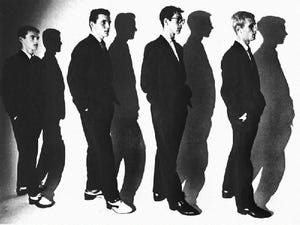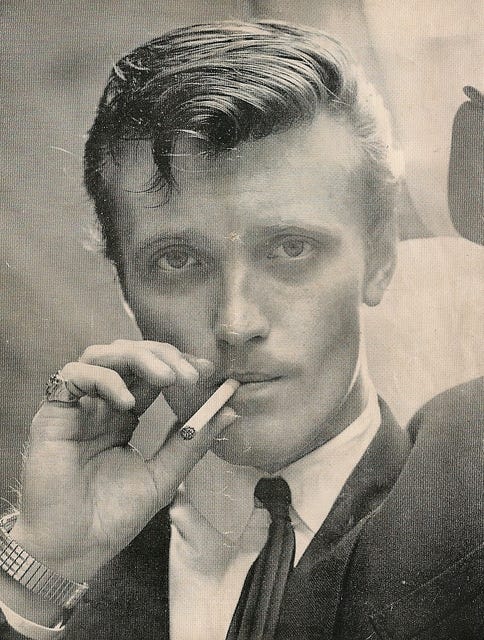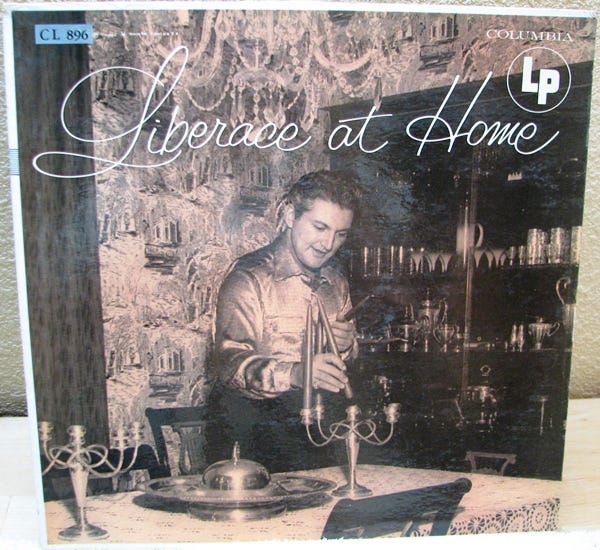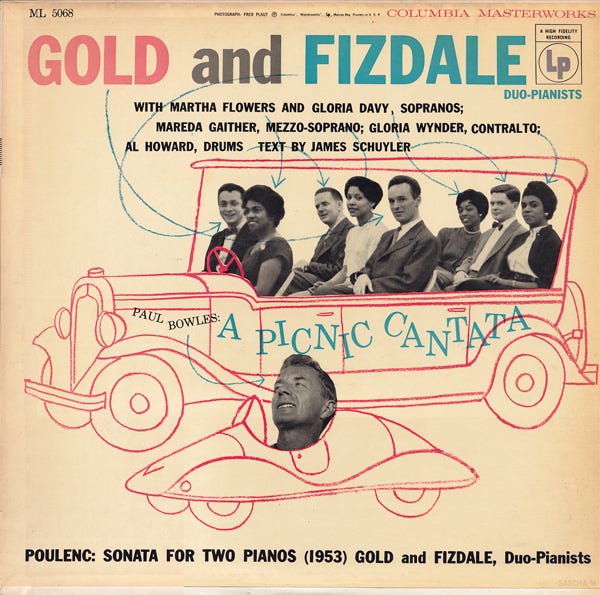Today being the first Thursday of the month, it’s record swap meet day at Pasadena City College, but alas, I can’t go due to my daily job of writing a journal entry every day this year (2014). I could have cheated by writing one last night and posting it early in the morning, but that would not be fair to my readers or me. The truth is I’m pretty much defined not only by my everyday writing here but also by my vast collection of books and records. In fact, when I die, I want to make my collection a part of a museum, which I now think should be the “Museum of Tosh.” This, of course, will be organized after my death, which in all honesty, is probably around the corner. Nevertheless, it never is too early to plan one’s estate and how it should benefit the general public, or at the very least a substantial percentage of that public.
If you put a monetary value on my collection, it will not be significant, but it is essential because it is a self-portrait. I would argue that compared to a photograph of me or a “selfie,” my collection exposes my concerns, my loves, my passion, and in other words, the whole world that is “me” and only “me.” Therefore if I was going to leave anything on this planet after my spirit leaves the earth, it should be my book and record collection. Not to be played or read, but more to the fact that one can enter my house and look at the bookshelves and see how my albums are stacked in various parts of the house. What I have is not rare in the sense of recording being in its original pressing, but more of the ‘taste’ factor in having such a record in my collection. Also, bear in mind the fact that I have only albums that have great graphics. One thing I can’t stand is an album that looks bad in my collection. The cover can be torn up, the recording scratched up, but it needs to be a cool-looking album cover at the very least.
I think I have around 1,000 albums, which is not a lot, but the art of my record collection is keeping the inventory low and the quality high. Records made in the early or mid-60s are of significant interest to me. I only obtain mono albums because I feel the artists only listened to the mono mix at that time. That was the format, and the stereo was just for Hi-Fi goons. When I play one of my mono albums, I imagine the artist hearing that record with me. I transport myself to a definite time and place, with that musician hearing this music for the first time.
I am obsessed with The Shadows’ first bass player, Jet Harris. You need to understand that music is not only for the ears but also the eyes, and therefore it is essential for me that the artist is either good-looking or, at the very least, exciting appearance. Jet is unique to me because he is a lead bass player, and most importantly, he looked incredible. I collect Shadows albums, but only if Jet was in the line-up. Also, he must be on the album cover as well. In all honesty, The Shadows made great recordings throughout their long career, but the ones that are the most interesting, of course, are the early years with Jet Harris. For me, the matching suits, the dance steps, and the spare sound of their instruments make it the classic Shadows world. Also, note that Jet Harris had blonde hair, and the rest of the band had dark hair. For a band that had such a robust uniformed look, it’s incredible that they allowed Jet to keep his blonde hair in this band. I also feel the same way with Brian Jones in The Rolling Stones. His hair was blonde, compared to the rest of the band, which made Brian stand out. Ironically, when Jet and Brian left their bands, they were replaced by musicians with dark hair.
Concerning the Pasadena Record Swap Meet, the two most interesting albums I purchased there are now my favorite recordings. The first album I bought was Liberace’s “Liberace At Home,” which came out in 1956 and was on the Columbia record label. It’s a fascinating album because it is just Liberace and his piano, and I don’t know if he recorded the album in his house, but it is a very intimate recording and warm sounding. Also, the album is a dark pit in Liberace’s soul. Songs like “Smoke Gets In Your Eyes,” “I’m Always Chasing Rainbows,” and “Solitude” is almost overwhelming in their ability to place the listener in a blue funk of despair. Yet, we need the poison to appreciate the beauty in life. Without the darkness, there would be no light.
The second album of interest is “A Picnic Cantata, Sonata for Two Pianos” by piano players Arthur Gold and Robert Fizdale. The exciting part of this album is side one, “A Picnic Cantata,” composed by Paul Bowles, with lyrics by the poet James Schuyler. The album came out on Columbia Records in 1954 but was only released in Canada for some odd reason. I know very little of Bowles's music, but he is one of my favorite prose writers, and I love Schuyler’s poetry. So this purchase was a no-brainer for me, and I must say it’s an incredible piece of music. Lyrically it is about a group of women who have decided to go on a picnic, and that is it. The narrative is like a straight line from beginning to end is superb to me. No highs and no lows. Just one consistent hum with beautiful music by Bowles sang for three operatic singers. Both albums are perfect, and the fact that I bought two such classy recordings at an indoor parking lot in Pasadena makes them even more important to me.
Although once I’m gone (really gone), I don’t think I’ll miss the lack of attention, but now that I’m living (at this time), I must get notice and attention. Therefore the thought of the museum is extremely important to me. Afterward, it probably wouldn’t be an issue.






